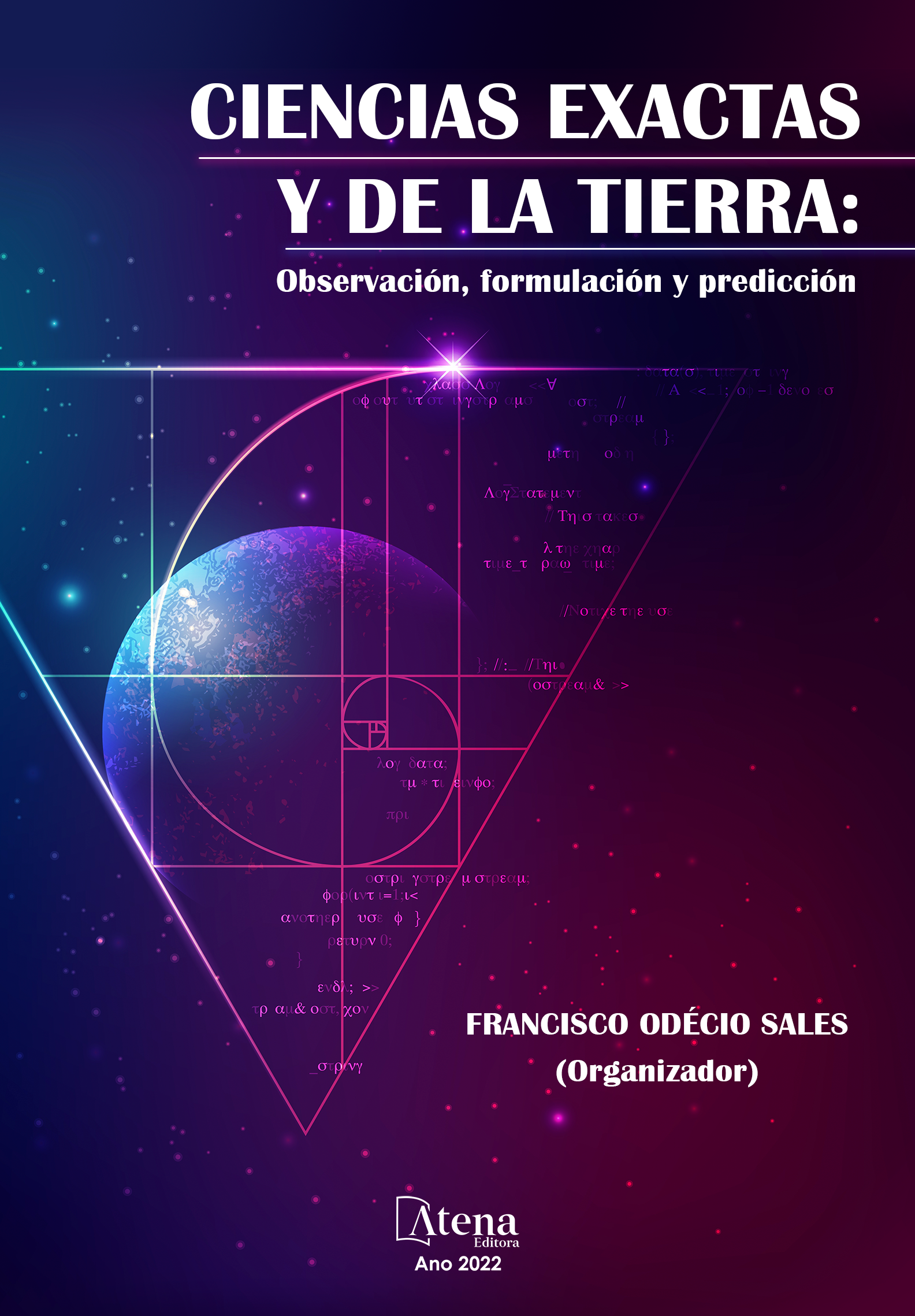
UTILIZAÇÃO DOS EXTRATOS BOTÂNICOS DE FOLHAS DE LARANJA (Citrus sinensis L), SOBRE AS FORMIGAS CORTADEIRAS (Atta sexdens sexdens) EM CONDIÇÕES EXPERIMENTAIS
As formigas cortadeiras são responsáveis por prejuízos agrícolas. Seu controle é basicamente químico, o que causa prejuízos ambientais, aos animais selvagens e a saúde do homem. Medidas preventivas de controle devem ser tomadas, e o uso de plantas inseticidas é uma alternativa viável. Desta maneira, o objetivo deste trabalho foi investigar o potencial de ação inseticida das folhas de laranja (Citrus sinensis L.) e Bt (Bacillus thuringiensis) sobre as formigas cortadeiras (A. sexdens sexdens) em condições experimentais. O projeto foi executado no laboratório de zoologia do Instituto de Saúde e Biotecnologia – ISB/UFAM, Campus/Coari. A coleta das formigas cortadeiras foi realizada no Centro de Apoio à Pesquisa do Médio Solimões, localizado na cidade de Coari. As folhas de laranja foram coletadas no campus do ISB, encaminhadas ao laboratório de química, onde foi realizada assepsia com água destilada. As amostras foram separadas, pesadas e levadas à estufa de circulação de ar forçada a uma temperatura de 55o C, por um período de cinco dias. As folhas foram trituradas e levadas ao sistema Soxhlet, tendo como solvente água destilada. No bioensaio, foram colocadas 10 formigas adultas para cada placa de Petri, com auxílio de pinças entomológicas. Posteriormente, foi aplicado cerca de 3 mL dos extratos botânicos em cinco concentrações (1:0; 1:½; 1:1; 1:1½; 1:2). A testemunha foi pulverizada com água destilada. Foram utilizados cinco tratamentos com três repetições, mais a testemunha totalizando 18 parcelas para cada produto. O experimento foi observado diariamente durante cinco dias. Os dados foram submetidos a uma análise de variância com 95% de significância. Registramos 95% de mortalidade das formigas nas 120 horas de observação em todos os tratamentos, mas não houve diferença significativa. Novos testes estão sendo realizados para verificar a eficiência dos produtos vegetais.
UTILIZAÇÃO DOS EXTRATOS BOTÂNICOS DE FOLHAS DE LARANJA (Citrus sinensis L), SOBRE AS FORMIGAS CORTADEIRAS (Atta sexdens sexdens) EM CONDIÇÕES EXPERIMENTAIS
-
DOI: 10.22533/at.ed.0872207036
-
Palavras-chave: Controle alternativo, plantas inseticidas, insetos pragas.
-
Keywords: Alternative control, insecticidal plants, insect pest.
-
Abstract:
Leaf-cutting ants are responsible for agricultural losses. Its control is basically chemical, which causes damage to the environment, wild animals and human health. Preventive control measures must be taken, and the use of insecticidal plants is a viable alternative. Thus, the objective of this work was to investigate the insecticidal action potential of orange (Citrus sinensis L.) and Bt (Bacillus thuringiensis) leaves on leaf-cutting ants (A. sexdens sexdens) under experimental conditions. The project was carried out in the zoology laboratory of the Institute of Health and Biotechnology – ISB/UFAM, Campus/Coari. The collection of leaf-cutting ants was carried out at the Middle Solimões Research Support Center, located in the city of Coari. The orange leaves were collected on the ISB campus, sent to the chemistry laboratory, where asepsis was performed with distilled water. The samples were separated, weighed and taken to a forced air circulation oven at a temperature of 55°C for a period of five days. The leaves were crushed and taken to the Soxhlet system, using distilled water as solvent. In the bioassay, 10 adult ants were placed in each Petri dish, with the aid of entomological tweezers. Subsequently, approximately 3 mL of botanical extracts were applied in five concentrations (1:0; 1:½; 1:1; 1:1½; 1:2). The control was sprayed with distilled water. Five treatments were used with three replications, plus the control, totaling 18 plots for each product. The experiment was observed daily for five days. The data were submitted to an analysis of variance with 95% of significance. We recorded 95% ant mortality in the 120 hours of observation in all treatments, but there was no significant difference. New tests are being carried out to verify the efficiency of plant products.
-
Número de páginas: 11
- Antonio Geilson Matias Monteiro
- Adriana Dantas Gonzaga de Freitas


